25 per cent of all European households own a cat, according to the European pet food industry association Fediaf. Felines are thus slightly ahead of dogs in the ratings among pet enthusiasts.
In 2019, the cat population in Europe was estimated at 106.4 mio, an increase of 2.6 mio over the previous year. The countries with the most cats are Russia (22.8 mio), Germany (14.7 mio) and France (14.2 mio). In relation to the overall population, however, the numbers of cat owners in these countries tend to be modest at just under a third. In Germany, the proportion of cat owners is even below average at 23 per cent.
It's a different picture in Romania, where 47 per cent of the population - thus every other household - owns a cat. This is a record in Europe. Latvia, too, has a very high proportion of cat owners, 38 per cent of the population, compared with other countries. At the other end of the European scale, Turkey has an especially small number (10 per cent), as do Spain (11 per cent) and Greece (13 per cent).
In 2019, the cat population in Europe was estimated at 106.4 mio, an increase of 2.6 mio over the previous year. The countries with the most cats are Russia (22.8 mio), Germany (14.7 mio) and France (14.2 mio). In relation to the overall population, however, the numbers of cat owners in these countries tend to be modest at just under a third. In Germany, the proportion of cat owners is even below average at 23 per cent.
It's a different picture in Romania, where 47 per cent of the population - thus every other household - owns a cat. This is a record in Europe. Latvia, too, has a very high proportion of cat owners, 38 per cent of the population, compared with other countries. At the other end of the European scale, Turkey has an especially small number (10 per cent), as do Spain (11 per cent) and Greece (13 per cent).
Good prospects for the pet business
Given these favourable conditions with regard to the pet population, it is not surprising that the market for cat products is also growing in Europe. Pet stores do not benefit equally from this trend in all countries; one reason for this is that the cat food market is defined above all by moist food products, which are known to be the domain of the supermarkets. Although suppliers to the pet product trade have taken ownership of many successful trends from the dog food segment, such as grain-free and natural ingredients along with a high meat content for cats, cat owners are not as prepared to pay more for better quality as dog owners are. This has put the brakes on the growth of the speciality trade in many countries to date. Pet supplies retailers are still finding it difficult to sell treat products for cats. Growth rates for dog treats are considerably higher, largely underpinned by the closer relationship between dog and owner.
New impetus in the pandemic
Despite this situation, the future of the pet product trade and online retailing in this segment could be extremely positive in light of the growing cat population. Many older people and single households in particular own a cat. In urban centres, a cat is also easier to look after than a dog, which needs walking regularly. The high demand for cats has been particularly noticeable in 2020, year of the coronavirus. During lockdown and while working from home, many…

 Menü
Menü

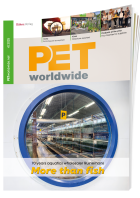



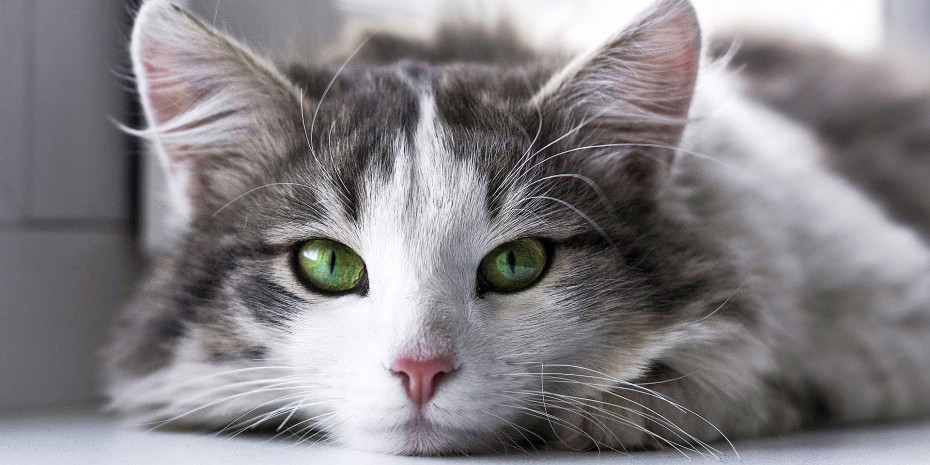


 5-6/2020
5-6/2020
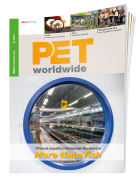


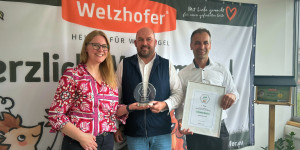


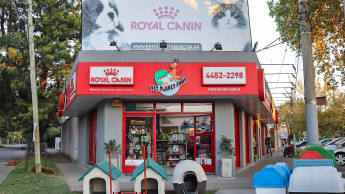
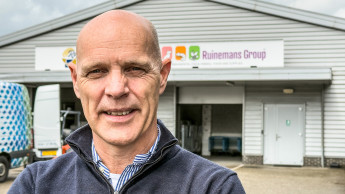
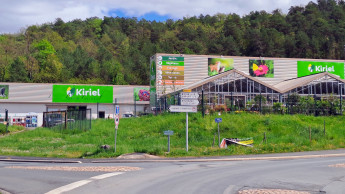
 Newsletter
Newsletter